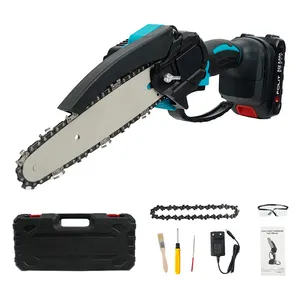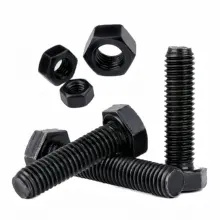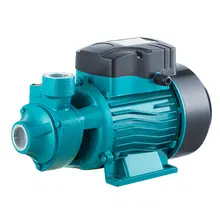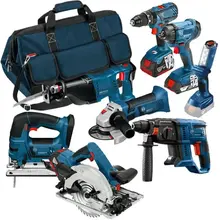A gas chainsaw is a powerful cutting tool designed for various outdoor tasks, including tree felling, limb trimming, firewood cutting, and other forestry-related activities. Unlike electric chainsaws, gas chainsaws are not limited by a power cord, making them more versatile for use in remote locations.
Features of Gas Chain Saws
Gas chainsaws are known for their high-powered engines, typically measured in cubic centimeters (cc) or horsepower. The engine power determines the saw's cutting capacity and suitability for different tasks. Gas chainsaws are known for their high-powered engines, typically measured in cubic centimeters (cc) or horsepower. The engine power determines the saw's cutting capacity and suitability for different tasks. Chain speed is measured in feet per second (fps) or meters per second (mps) and indicates how fast the chain moves around the guide bar. Higher chain speeds can result in faster cutting, but they also require more power. A chain brake is a safety feature that stops the chain from rotating in case of kickback or other unexpected movements. It enhances user safety by reducing the risk of injury. Gas chainsaws often incorporate an anti-vibration system, which reduces the level of vibrations transmitted to the user's hands and arms. This feature improves user comfort during extended use.
An automatic oiler lubricates the chain and guide bar as the chainsaw operates, ensuring smooth operation and extending the life of these components. Some models allow users to adjust the oil flow. Gas powered chainsaws have a fuel tank that determines how long the saw can operate before needing a refill. Larger fuel tanks are beneficial for extended use without interruptions. An efficient air filtration system helps keep the engine clean by preventing dust and debris from entering. This improves engine performance and extends the lifespan of the chainsaw. Some gas chainsaws feature an easy start system, which reduces resistance during pull starting. This can be particularly helpful for users who may find traditional pull-starting challenging. The chain tensioning system allows users to adjust the tension of the chain easily. Proper chain tension is crucial for safe and efficient cutting. Gas chainsaws come in various weights, and the weight can impact user comfort and maneuverability. Small gas chainsaws are more suitable for smaller tasks, while heavier models may be necessary for larger jobs.
Maintaining Gas Chain Saws
Ensure that the chain of the gas powered pole chainsaw is properly tensioned. A loose chain can lead to poor cutting performance and safety hazards. Keep the chain and guide bar well-lubricated to reduce friction and prevent premature wear. Use the recommended chain oil, and adjust the automatic oiler if the chainsaw has this feature. Remove any sawdust, resin, or debris from the chainsaw regularly. Pay attention to cooling fins, the clutch cover, and other components. Use a brush or compressed air to clean hard-to-reach areas. Periodically inspect all nuts, bolts, and fasteners for tightness. Vibrations during operation can cause components to loosen over time. Check the muffler for signs of carbon buildup or damage. Clean the muffler to maintain proper airflow and reduce noise levels. Replace the muffler if necessary. Clean or replace the spark plug as needed. Regularly check the fuel system for leaks or damage. Inspect the fuel lines, fuel tank, and fuel filter. Replace any damaged components, and ensure that the fuel cap is tightly sealed. When storing the gas chainsaw, empty the fuel tank or use a fuel stabilizer to prevent fuel deterioration.











































 浙公网安备 33010002000092号
浙公网安备 33010002000092号 浙B2-20120091-4
浙B2-20120091-4